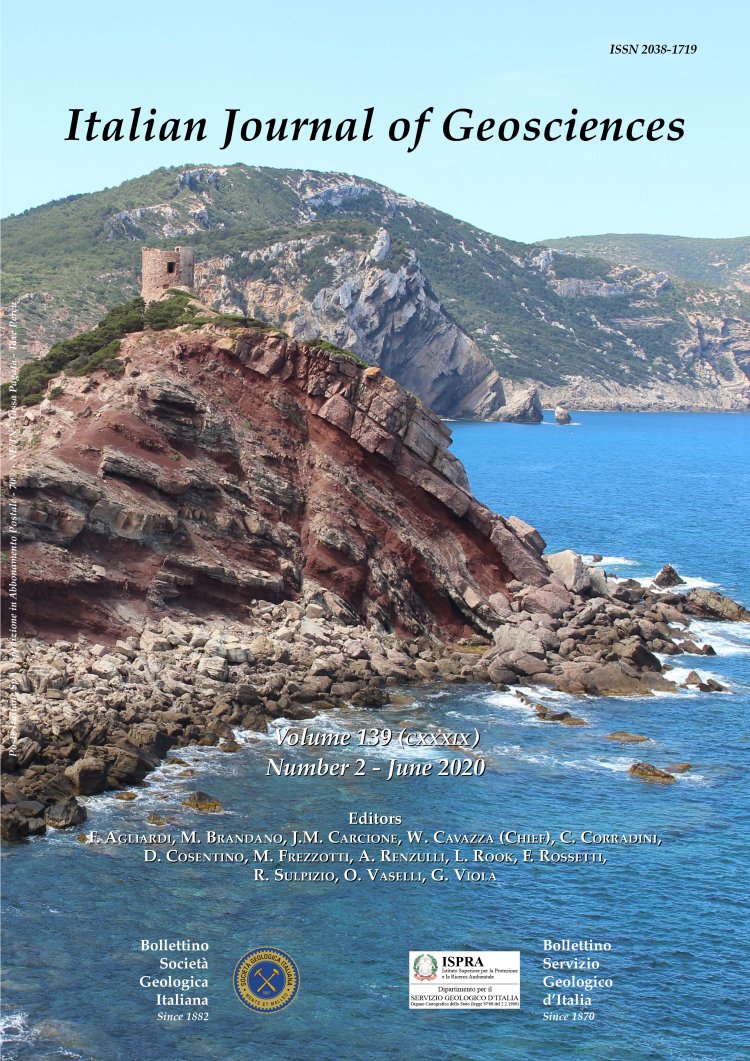
A multidisciplinary approach for physical landscape analysis: scientific value and risk of degradation of outstanding landforms in the glacial plateau of the Loana Valley (Central-Western Italian Alps)
Irene MarIa Bollati (1), Beatrice Crosa Lenz (2) & ValerIa Caironi (1)
(1) Earth Science Department "A. Desio", Università degli Studi di Milano, Via Mangiagalli, 34, 20133 Milan, Italy.
(2) Società di Scienze Naturali del Verbano Cusio Ossola, Museo di Scienze Naturali, Collegio Mellerio Rosmini, Via Antonio Rosmini 24, 28845 - Domodossola (VB), Italy.
Corresponding authors e-mail: irene.bollati@unimi.it
DOI: https://doi.org/10.3301/IJG.2020.01
Volume: 139 (2020) f.2
Pages: 233-251
Abstract
Landforms characterized by high scientific value (i.e. geomorphosites) might undergo modifications due to intrinsic and extrinsic factors (natural and human-induced processes). In the framework of geoheritage analyses, the assessment of the value (scientific or additional) of geomorphosites should be performed side by side with the analysis on the risk of degradation (fragility and vulnerability). A multidisciplinary method is proposed for the analysis of landforms that are potentially fragile but outstanding for their scientific value related to geological, geomorphological and ecological values. A geomorphological map was produced for the glacial plateaux of the Loana Valley (Central-Western Italian Alps), where an outstanding geomorphosite was detected: the Cortenuovo Calcareous Ridge. The site is herein analysed in terms of the representativeness of geological and (paleo)geomorphological features as well as for its support role to the ecosystem. For dissemination purposes, a simplified version of the geomorphological map (i.e., geomorphological box) was prepared for the site. Specific morphometric and dendrogeomorphological analyses were then performed to investigate more in detail the risk of degradation of the site. It resulted to be a spatially restricted hotspot of geodiversity, characterized by an average surface lowering rate (0.44 cm/y on average) comparable to that achieved in similar geomorphologic contexts in the Alpine environment. The obtained results testify to a potential vulnerability to natural processes of this highly scientific valued site, which will surely benefit from a legal recognition as a component of geoheritage, with a specific regulation for its protection, that could prove to be strategic.
Keywords
Physical landscape analysis, geomorphological mapping, dendrogeomorphology, geoheritage, Loana Valley (Central-Western Italian Alps).
Get Full Text Supplementary Material